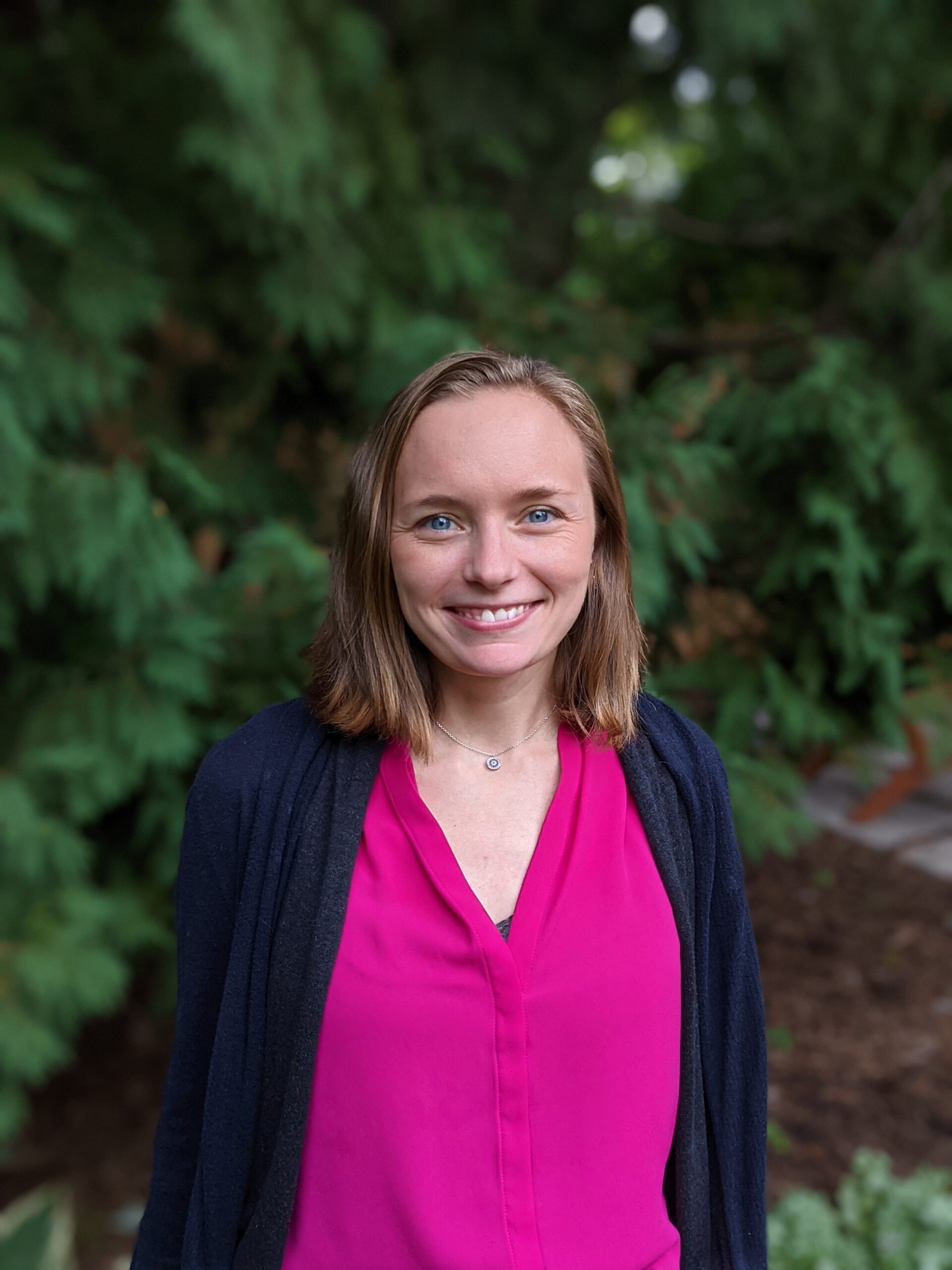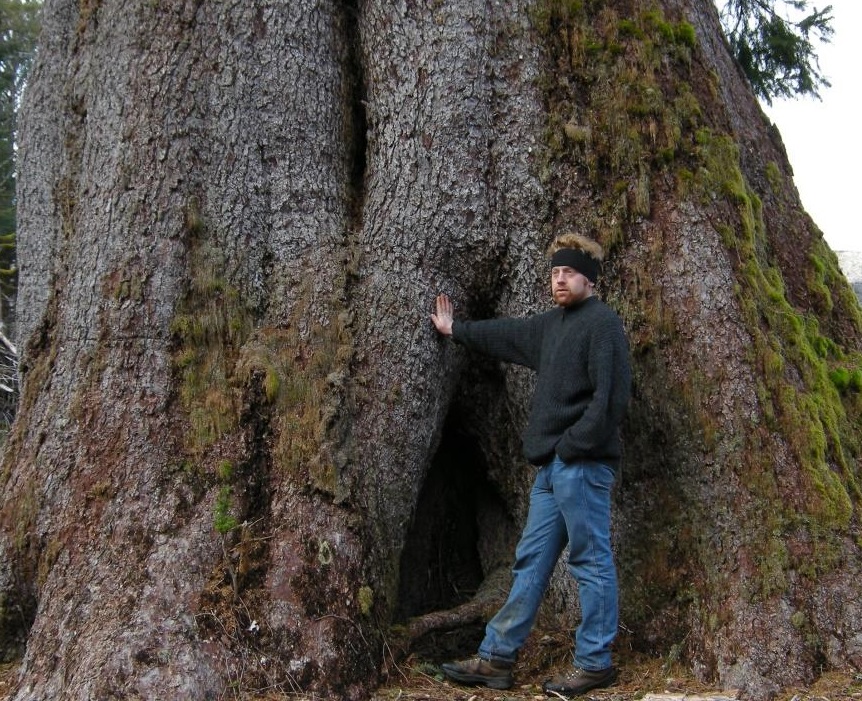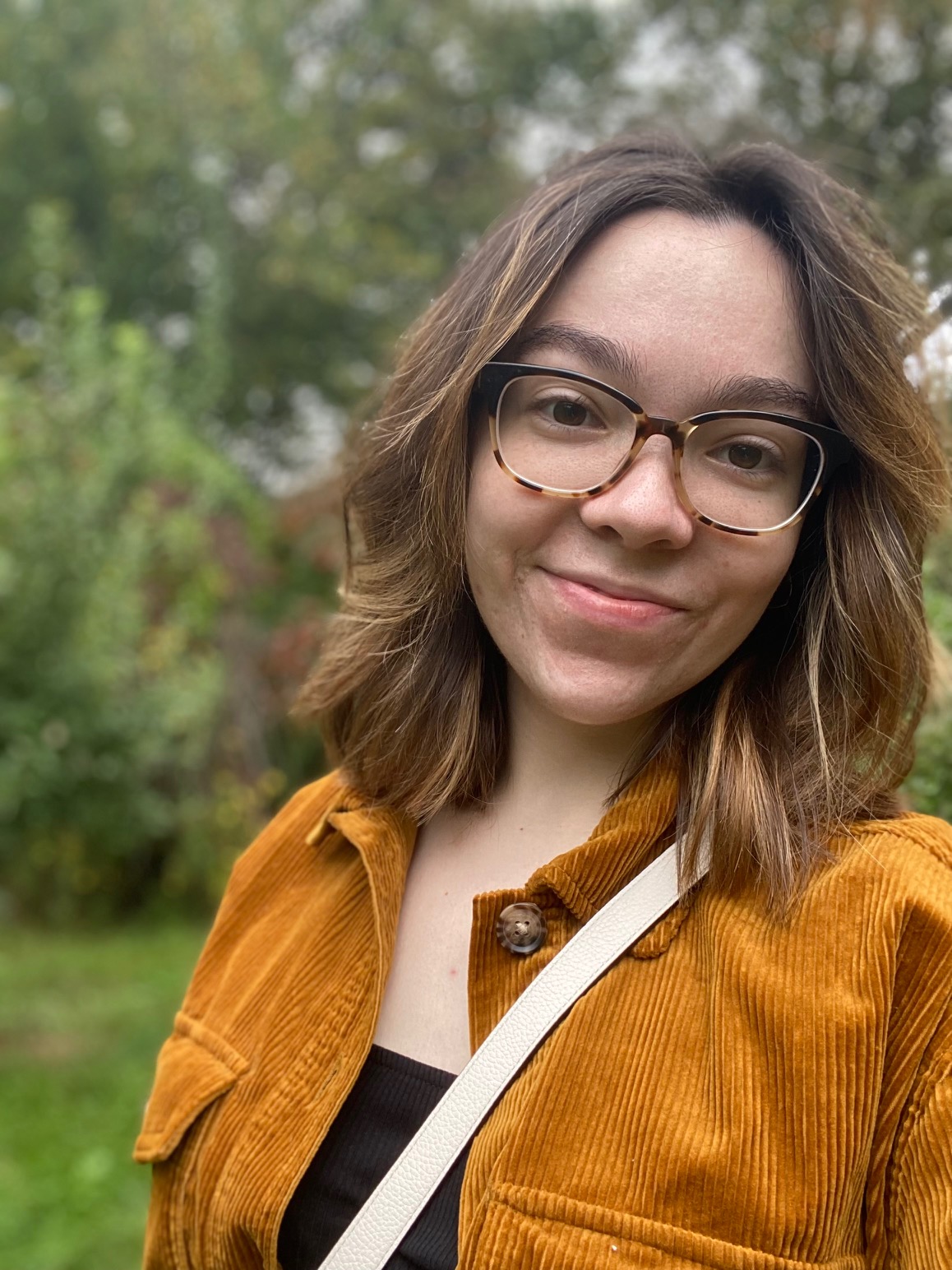Apply now to join our next cohort of Community Science Fellows and Community Leads!

Volunteer helps during a tree planting event hosted by the Tree Canopy Collaborative and Cambridge Tree Project. Photo courtesy of Adam Alves, Tree Canopy Collaborative
Community organizations, municipalities, and towns in Dane County have disparate levels of resources, skill levels, and capacity to plant and maintain trees in their neighborhoods. The aim of this project is to develop a resource guide for communities to get involved with tree planting efforts in partnership with Tree Canopy Collaborative . The guide will include educational information about the multiple health and environmental benefits trees provide, tree planting and maintenance resources, and suggestions for how the Tree Canopy Collaborative can facilitate neighborhood or community activities. Resources will be tiered to include basic and more advanced information to meet communities where they are with regard to skill level, resources, and interest.
Dane County is the fastest growing county in Wisconsin. Home to over 500,000 residents in more than 60 cities, villages, and towns, Dane County has an incredible diversity in its communities, from rural agriculture and woodlands to a busy downtown. The result is a varied landscape of opportunities to protect, maintain, and expand tree canopy across the County, including forested areas, agriculture, and suburban and urban environments.
Approximately 25% of the County residents are under 18 years and 14% are over 65 years. Approximately 60% of residents are in owner-occupied residences, with a median household income (2015-2019) of $73,893. Residents are 84.9% white, 6.5% Hispanic or Latino, 6.3% Asian, 5.5% Black, 0.5% Native American, and 0.1% Hawaiian or Pacific Islander.
Trees in Dane County are in peril. Significant canopy cover decreases of greater than 30% have been mapped throughout Dane County between 2010 and 2017. Key threats to tree canopy across the County include loss due to disease or insect damage (e.g., emerald ash borer), lack of maintenance, invasive species as well as community growth and insufficient policies to replace lost trees. Historical plantings of urban trees lacked necessary species diversity required to maintain a resilient urban tree canopy over time given recently developed species specific vulnerabilities. A long legacy of institutional disinvestment in economically disadvantaged and racially mixed neighborhoods has created inequities in existing tree cover. Explore the map.
The Tree Canopy Collaborative would like to create a guidebook for community organizations, municipalities, and towns within Dane County, no matter their level of skill or past exposure to the tree planting, to get involved with tree planting and maintenance initiatives The result will be that Dane County government, nonprofit, and community groups will be more knowledgeable and prepared to advance tree-related initiatives in their neighborhoods and communities.
Community organizations in Dane County are coming from vastly varying levels of resources, skill levels, and capacity to plant trees. Although some communities can simply hire a contractor to plant trees and just need help with outreach, other groups have no experience with tree planting whatsoever. This project’s aim is to create a playbook, flowchart, or how-to guide for community groups or members to follow. This would include suggested levels of engagement with the Tree Canopy Collaborative to facilitate project implementation based on the audience’s capacity, skills, etc.
This guide will include educational resources on the benefits of trees, suggested outreach materials for the community, tree planting information and resources, and suggested paths for engagement with the Tree Canopy Collaborative, such as receiving donated trees and helping to co-host tree planting events within the community. These events would include follow-up education and assistance facilitating watering and maintenance. This handbook could also offer general guidelines for urban tree planting using best management practices to meet species diversity goals. For groups that have not worked together before, the guidebook could offer suggested roles and responsibilities to play or models to follow for community groups, volunteers, and the Tree Canopy Collaborative.
Through this playbook, the Tree Canopy Collaborative could focus outreach on new communities based on priority planting areas and educate more people on the issues affecting tree canopy health and how they can get involved in various capacities. In turn, the guide would engage more community members with the Tree Canopy Collaborative to make sure that the Collaborative’s efforts are better informed by the community’s needs.

Melanie Askay is passionate about finding ways for people and nature to peacefully coexist and mutually thrive. In her role as Climate Specialist, she is focused on implementing the recommendations set forth in the Climate Action Plan. She has over ten years of experience facilitating global and regional natural resource management across nonprofit, government, and business. Prior to joining Dane County Melanie was in California where she focused her efforts on land and water conservation statewide through grants and policymaking. Melanie has a Master of Science from Illinois State University and a Bachelor’s Degree from the University of Delaware. In her free time Melanie loves exploring Madison and nature walks with her two kids and her dog Pita.

Matt Noone is the GIS Specialist with the Capital Area Regional Planning Commission (CARPC). He received his BS in Forest Ecosystem Science and MS in Natural Resource Management from the University of Maine. Matt spent several years working for the US Forest Service in Montana and Washington and was a Remote Sensing Specialist at The Institute of Natural Resources at Oregon State University. Prior to working for CARPC Matt was the GIS Scientist at the Forest Landscape and Ecology Lab at the University of Wisconsin in Madison. In his free time Matt enjoys beekeeping, woodworking and gardening.

Brian Standing has worked as a Senior Planner in the Dane County Department of Planning and Development since 1997. Over his career, he has worked on a variety of land use and environmental issues, including county and town comprehensive planning, farmland preservation, shoreland/wetland and floodplain protection, county redistricting and more. He was the primary author and lead staff for the Dane County Comprehensive Plan, Farmland Preservation Plan, Zoning Ordinance and Shoreland-Wetland Zoning Ordinance, and led the county’s first nonpartisan redistricting effort. Brian has a Master of Planning with a graduate minor in Conservation Biology from the University of Minnesota.

Lauren Mahoney(she/her) is an applied climate science researcher with a focus on natural disaster vulnerability and food security utilizing GIS. She holds an M.A. in Climate and Society from Columbia University’s Climate School and a B.S. in Environmental Resources and GIS with a minor in Meteorology from Hofstra University. Her academic work has focused primarily on categorizing flash flood risk and mapping food insecurity and climate shocks. Most recently, she spent two terms as a visiting researcher with NASA DEVELOP studying urban heat island mitigation strategies and watershed vulnerability. She is passionate about building cities that are healthier, more equitable, and resilient to disasters and climate shocks, and using community-driven science to do so. In her free time, Lauren enjoys cooking, thrifting, and reading.
The Dane County Tree Canopy Collaborative is looking for a scientific partner to assist in the design of a community survey to gather feedback on the county’s needs for a guidebook for participating in tree-related activities, and to contribute their expertise in adding resources to said guidebook. The scientist’s role would be to:
Thriving Earth Exchange asks all scientific partners to work with the community to help define a project with concrete local impact to which they can contribute as pro-bono volunteers and collaborators. This work can also position the scientists and communities to seek additional funding, together, for the next stage.
UW-Madison UniverCity Alliance
UniverCity Alliance connects education, service and research activities across UW–Madison with cities, furthering the practice of sustainability. Their work is primarily in education, outreach, technical assistance, and research, and their goal is to improve the sustainability and resilience of Wisconsin communities.
UW-Extension: Lisa Johnson, Michelle Probst, Sharon Lezberg
UW-Extension is a branch of the University of Wisconsin focused on connecting people to the university through education and community outreach. The goal of the Division of Extension is to use university resources and knowledge to help address residents’ needs and community concerns. The UW-Extension works on a variety of topics, including agriculture, community development, health & well-being, human development & relationships, natural resources, and positive youth development.
Dane County Department of Planning and Development: Brian Standing
The mission of the Planning Division of the Department of Planning and Development is to prepare and implement plans, policies, and programs that enhance the quality of life for all Dane County residents. The division actively engages and assists Dane County residents, communities, the private sector, and decision makers in addressing short and long-range planning issues related to land use; transportation; farmland preservation; natural resource protection; community services; housing; public safety and welfare; and, economic development. We provide technical expertise, conduct research, and collaborate with public and private sector partners to facilitate a resilient, sustainable, diverse, inclusive, and equitable future for Dane County communities.
(c) 2024 Thriving Earth Exchange